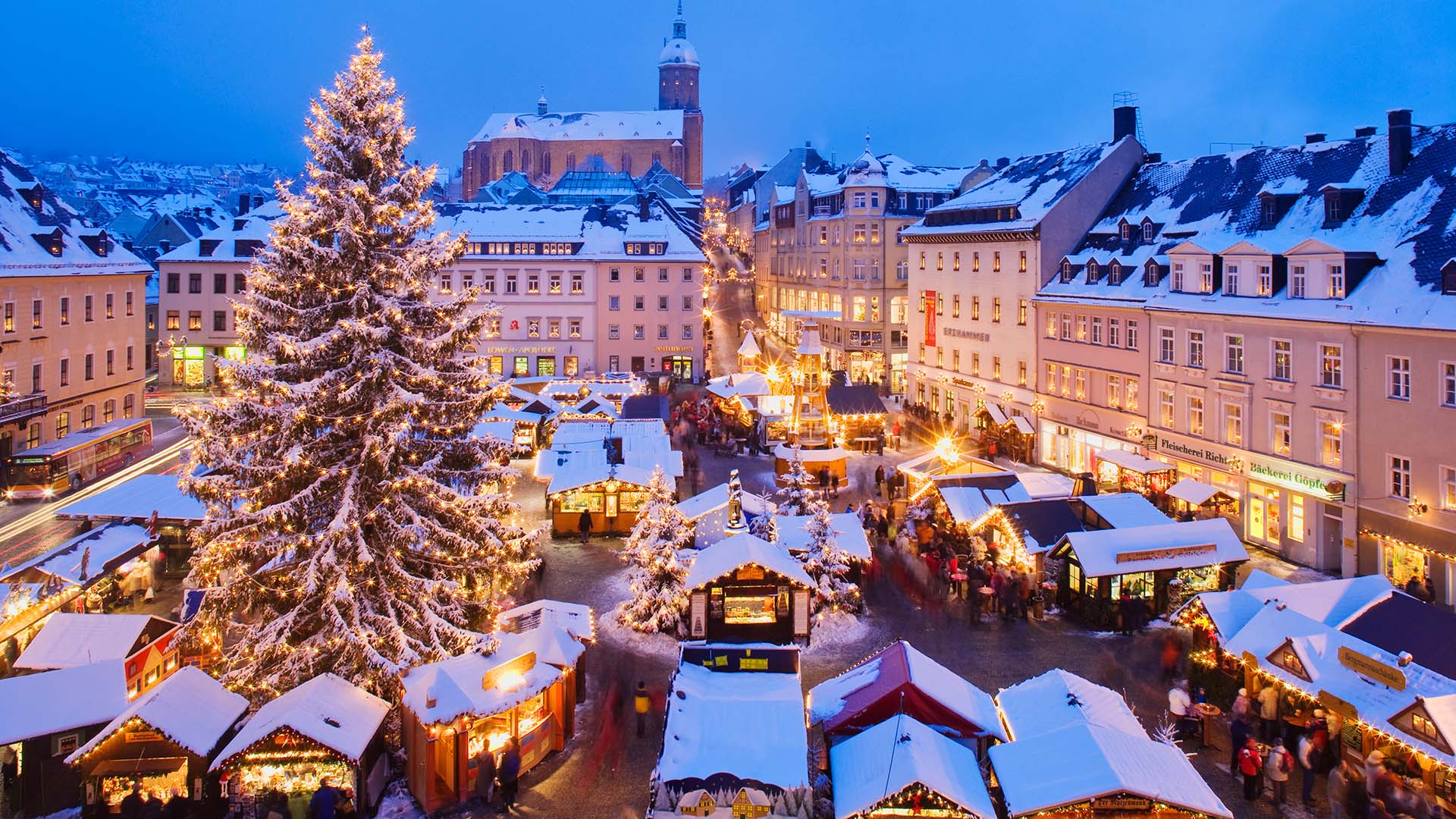Europe’s holiday season is a wonderful time to travel and enjoy new-to-you Yuletide and New Year’s Eve traditions, not to mention festive food and drink. From the snowy landscapes of Scandinavia to the shores of the Mediterranean, here are the merriest and brightest holiday traditions that make festive breaks in Europe truly special.
As always, check for travel guidelines and closures before planning your trip.
Celebrate Saint Nicholas Day in Northern Europe
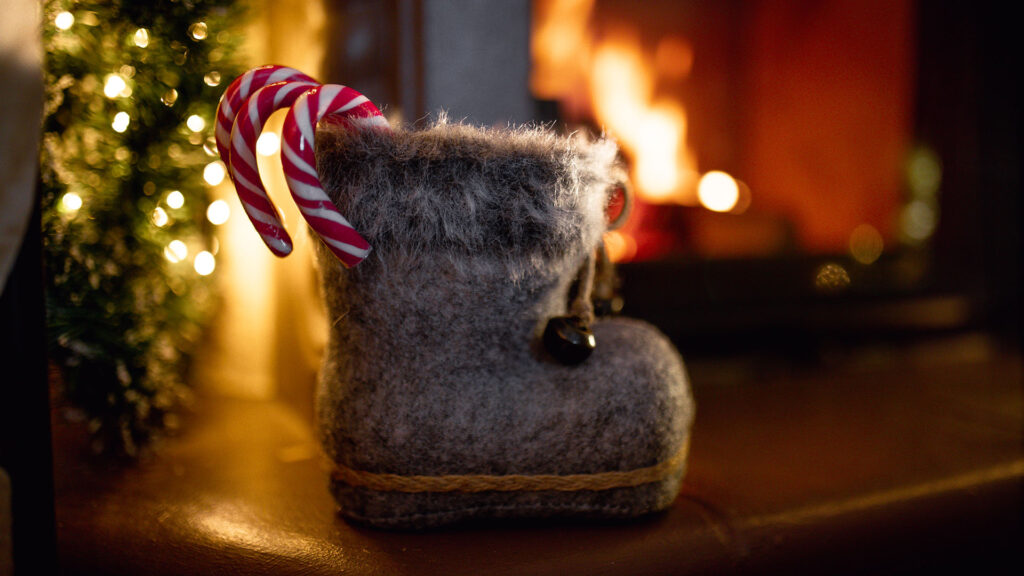
Saint Nicholas Day, or the Feast of Sinterklaas, is a tradition in northern Europe that celebrates the Patron Saint of Children. The feast day is marked in the Netherlands on the evening of December 5, and in Belgium, Germany, Austria and Poland on the morning of December 6.
Saint Nicholas Day sees children leave a single shoe out with hay or carrots — by morning, they find that it has been filled with small gifts like oranges or chocolate coins.
It was in St. Nicholas Church in Oberndorf, just north of Salzburg that the Christmas carol “Silent Night” was first performed in 1818. Today, the Stille Nacht Kapelle (Silent Night Chapel) marks the spot. Go along and stay at the beautiful Sheraton Grand Salzburg, next to the world-famous Mirabell Gardens, and soak up the city’s fabulous winter atmosphere.
Experience Epiphany in Spain and Italy, and Sweet Pastries in France
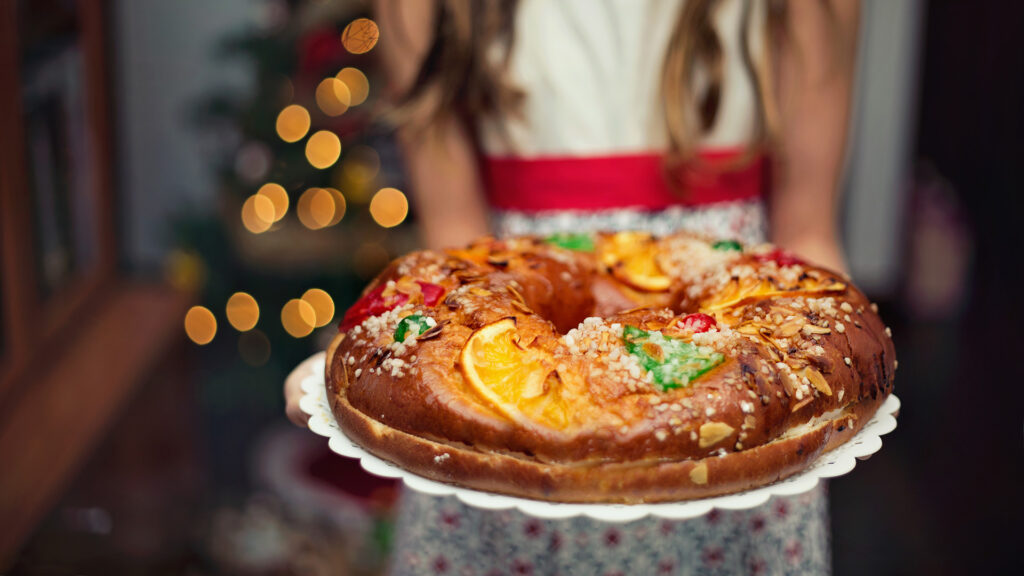
The “Twelve Days of Christmas” mark the period from December 25 until January 6, which is Epiphany — the day the Three Kings delivered their gifts to baby Jesus, according to Christian tradition.
Three Kings’ Day in Spain is marked on the evening of the 5th by colorful parades and on the 6th by present-swapping and family parties. In Italy, Epiphany is the time of “La Befana,” the legendary gift-giving witch.
Catch the festive crowds who gather in Rome’s main square to mark the end of the Festive season. With its rooftop terrace and heated plunge pool that’s open all year, The Rome EDITION places you at the center of the festivities.
In France, meanwhile, Epiphany is celebrated with traditional puff pastry galette des rois (King Cake). A fève (small charm) is hidden inside one portion and whoever discovers it is declared le roi (the king) or la reine (the queen). If you stay at The Westin Paris – Vendôme in the heart of Paris, you’re a festive stroll away from the famous “street of pastry,” Rue du Bac, and could find your very own fève.
Be Enchanted by Festive Markets in Germany and Beyond
Think of festive markets, think of Germany, of course. But the likes of Italy, the U.K., Belgium and the Czech Republic also host their own incredible events.
Famous Christmas markets in Italy include those in Merano, South Tyrol and on Piazza Navona in Rome. O Bej! O Bej! (“Oh beautiful! Oh beautiful!” in the local dialect) is Milan’s festive offering, located in front of Castello Sforzesco and said to be named for the happy cries of children offered gifts by delegates of Pope Pius IV during a visit in the 13th century.
A festive Milan market spree is best rounded off with a stay the prestigious Excelsior Hotel Gallia, a Luxury Collection Hotel, Milan, close to the city’s architecturally remarkable train station.
’Tis the season for festive markets in the U.K., with Bath, Edinburgh and London just some of the cities hosting Yuletide markets. It’s Manchester, though, that’s home to the U.K.’s largest Christmas market, and plenty of glühwein (mulled wine). Stay close to the festive-shopping hub that is the Trafford Centre at Delta Hotels by Marriott Worsley Park Country Club and treat yourself to a spa treatment.
It’s an easy hop from the U.K. to Belgium for the holiday season and Brussel’s Plaisirs d’Hiver Festival is surely amongst Europe’s best classic Christmas markets: Look out for spiced shortbread biscuits and warm, crispy-on-the-outside waffles. The modern, comfortable rooms at Brussels Marriott Hotel Grand Place are the perfect place to recharge.
Lastly, Prague, Brno, Olomouc and Český Krumlov are all wonderful cities in the Czech Republic for Christmas and Advent markets. In Prague, the atmospheric old streets around Old Town Square and Wenceslas Square become a magical winter wonderland at this time of year.
Feel the Magical Anticipation Leading Up to Christmas Day
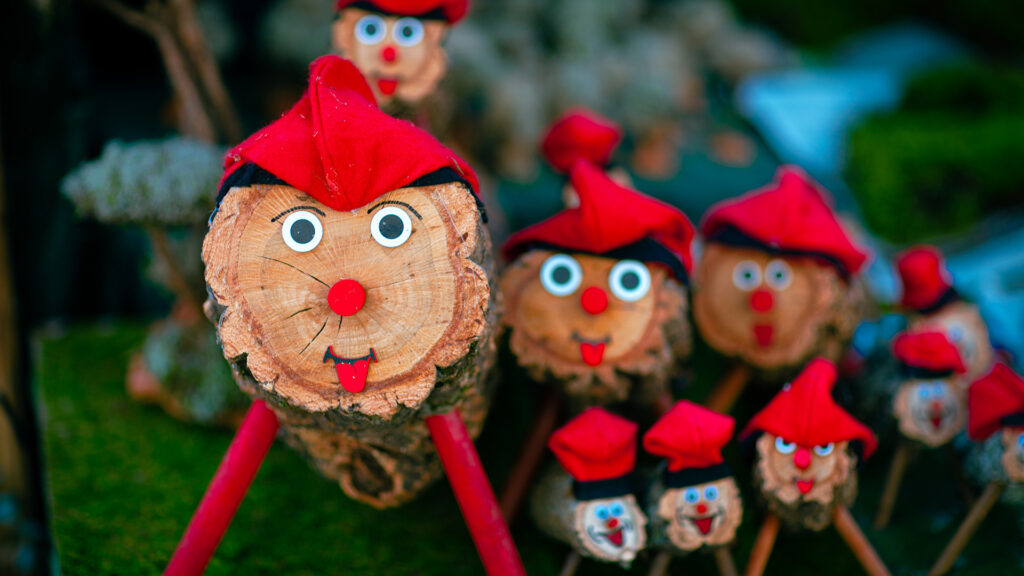
In much of Europe, the present-swapping, parties and family get-togethers happen on December 24, and each country has its own favorite dishes to mark Christmas Eve. Think roast pork belly in Norway; fried carp in Austria and the Czech Republic; oven-baked ham in Finland; and bacalhau (salted cod) accompanied by greens in Portugal.
Europe has wonderfully decadent Christmas desserts, too, such as chocolate Yule Log in France (bûche de Noël) or sweet breads like panettone or pandoro (the former traditionally comes with raisins or candied fruits) and torrone (a type of nougat made from honey, sugar, egg white and nuts) in Italy.
On December 22, Spain hosts a much-anticipated nationwide lottery draw called El Gordo that visitors are also eligible to win. More unusual Spanish traditions include Tió de Nadal, marked in Catalonia around December 8. Tió de Nadal literally translates as “pooping log” and children feed this unusual object, and cover it with a blanket, until Christmas Eve, when they hit it with a stick so it gives up its presents.
Nochebuena (“the good night”) takes place on December 24 and is for feasting with friends and family. If you’re interested in enjoying a festive feast with friends and family, Barcelona has countless delicious treats to enjoy. Or, for something a little more high-end, head to Hotel Arts Barcelona, where renowned Catalan chef Paco Pérez and his 2-MICHELIN-Starred Enoteca Paco Pérez await.
Get Starry-Eyed in Amsterdam and London
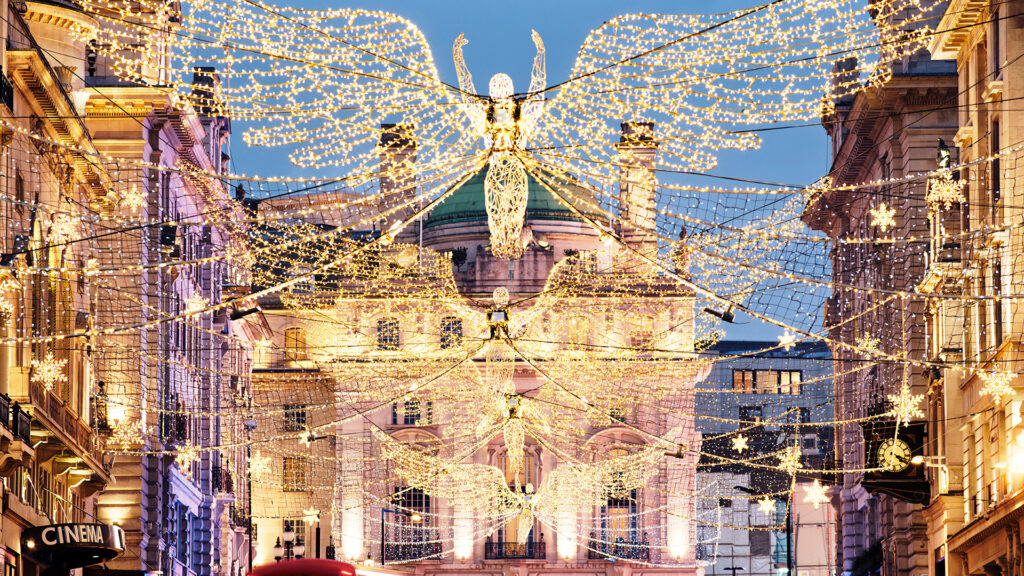
Throughout December and most of January, artists from all over the world display bespoke light artworks at the celebrated Amsterdam Light Festival. Many other European cities are lit up brightly in winter, of course, from the Nobel Week Lights in Stockholm to illuminated trails in Vienna, Riga and Monaco’s Monte Carlo.
London’s festive lights are legendary, too, from Carnaby Street and Covent Garden, to the U.K.’s original festive light trail at Kew Gardens. Stay at the suitably romantic landmark St. Pancras Renaissance Hotel London for easy access to anywhere in the city.
Light Up the Winter Solstice
The shortest, darkest day of the year is the winter solstice, which in the Northern Hemisphere falls on the December 21 or 22. Pagan festivities to mark the return of the sun (with processions, fire lighting, lanterns and traditional songs) include Scandinavia’s Saint Lucia Day, which incorporates earlier Norse solstice traditions to ward off spirits during the longest night. Candlelit processions, meanwhile, are held in Sweden and Norway.
In the U.K., Stonehenge frames the midwinter sunset at the winter solstice and the midsummer sunrise at the summer solstice. At these times of the year only, there’s open access to this remarkable World Heritage Site.
There’s also a gathering to welcome the rising winter solstice sun at the Celtic tomb of Newgrange in Ireland.
Savor Every Magical Day from December 25 to New Year’s Eve
Across Europe, the days between December 25 and 31 are traditionally spent with friends and family. The 26th is Boxing Day in the U.K. and was traditionally a day to “box up” presents as gifts for the poor.
Today, Boxing Day is more about sales shopping and major sports events — as well as enjoying Christmas lunch leftovers. In the U.K. it’s also pantomime season and theaters everywhere are loud with shouts of “It’s behind you!” until it’s time to ring in the New Year.
On New Year’s Eve in Spain, be sure to have 12 grapes to hand, so you can join in with the tradition of eating one grape for every chime of the clock at midnight. It’s said that if you eat them all in time then you’ll have a prosperous new year.
As with New Year’s Eve events around the world, most European cities host huge firework displays. In the U.K., Edinburgh and London are two of the best. Book early for indulgent comfort and festive vistas from the Castle View rooms and suites at Sheraton Grand Hotel & Spa, Edinburgh or London Marriott Hotel County Hall, from which some rooms have direct views of the London Eye and NYE fireworks display.
